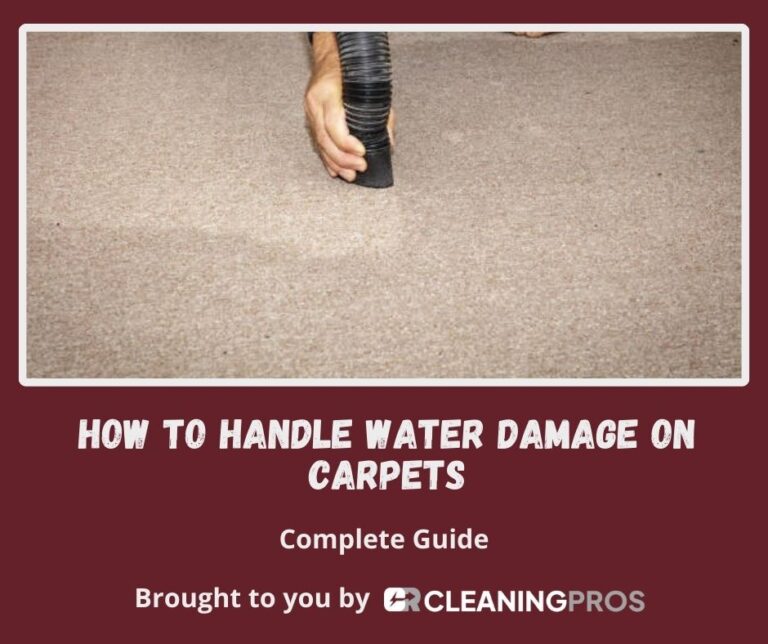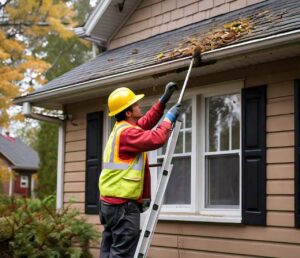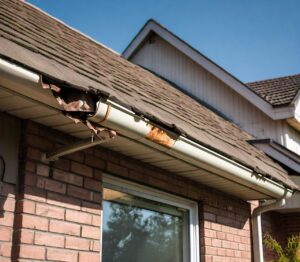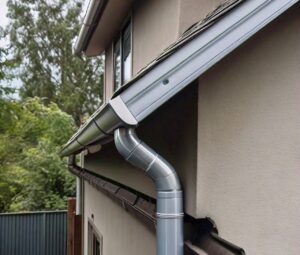Introduction
Water damage on carpets can be a homeowner’s nightmare, whether it’s due to a burst pipe, flooding, or any other water-related mishap. However, prompt and effective action can significantly minimize the damage and increase the chances of salvaging your carpet. For that purpose, it is recommended to hire our professional service. In this comprehensive guide, we’ll discuss in detail the steps you need to take to handle water damage on carpets effectively.
Understanding Water Damage on Carpets
Water damage on carpets can occur due to various reasons, including burst pipes, leaks, floods, or even accidental spills. Understanding the different types of water damage is crucial for effective restoration.
Causes of Water Damage
Water damage on carpets can be caused by a variety of factors:
- Burst pipes: Frozen or damaged pipes can burst, causing water to flood your home.
- Plumbing leaks: Leaky pipes, faucets, or appliances can result in slow but steady water damage.
- Flooding: Natural disasters such as heavy rains or storms can lead to flooding, causing extensive damage to carpets.
- Roof leaks: Damaged or deteriorating roofs can allow water to seep into your home, damaging carpets and other belongings.
- Appliance malfunctions: Malfunctioning appliances such as washing machines, dishwashers, or water heaters can leak water onto your carpets.
To avoid any damage caused by these factors, get in touch with CR Cleaning Pros for seamless carpet cleaning service.
Types of Water Damage
There are three main types of water damage, each requiring different restoration approaches:
- Clean Water Damage: This type of water damage comes from clean water sources such as burst pipes or overflowing sinks. While this water may initially be clean, it can become contaminated if left untreated.
- Grey Water Damage: Grey water damage comes from sources such as washing machines, dishwashers, or sump pump failures. This water may contain contaminants and can pose health risks if ingested.
- Black Water Damage: Black water damage is the most severe type and comes from sources such as sewage backups or floodwaters. This water is highly contaminated and can pose serious health risks.
Immediate Steps to Take
When you discover water damage on your carpet, it’s crucial to take immediate action to prevent further damage and mold growth.
Safety Precautions
Before you begin any restoration work, ensure your safety by following these precautions:
- Turn off electricity: Water and electricity don’t mix, so be sure to turn off electricity to the affected area to avoid the risk of electric shock.
- Wear protective gear: Put on gloves, rubber boots, and a mask to protect yourself from any contaminants in the water.
- Avoid contact with the water: If the water may be contaminated, avoid direct contact with it to prevent the spread of bacteria and other harmful pathogens.
Assessment of Damage
Begin by assessing the extent of the damage to determine the best course of action:
- Identify the source of the water: Determine where the water is coming from and take steps to stop the flow if possible.
- Determine the type of water damage: Determine whether the water is clean, grey, or black, as this will affect the restoration process.
- Check for any electrical hazards: Look for any exposed wiring or electrical outlets that may have been affected by the water.
Removing Excess Water
Once you’ve assessed the damage, begin removing excess water from the carpet as quickly as possible:
- Use a wet/dry vacuum: Use a wet/dry vacuum to suck up as much water as possible from the carpet and underlying padding.
- Use towels or rags: Use towels or rags to blot up any remaining water from the surface of the carpet.
- Use a squeegee: Use a squeegee to push water out of the carpet and towards a floor drain or other drainage point.
Drying the Carpet
Proper drying is essential to prevent mold growth and further damage to the carpet fibers.
Using Fans and Dehumidifiers
Speed up the drying process by using fans and dehumidifiers to remove excess moisture from the air:
- Place fans around the affected area: Position fans around the room to circulate air and help dry out the carpet more quickly.
- Use dehumidifiers: Use dehumidifiers to remove excess moisture from the air, helping to speed up the drying process.
Sun Drying
If weather permits, you can also take the carpet outside to dry in the sun:
- Take the carpet outside: Lay the carpet out flat in a sunny area, making sure to flip it periodically to ensure even drying.
- Use caution: Be sure to monitor the weather forecast and avoid sun damage by not leaving the carpet outside for too long.
Professional Drying Services
For severe water damage, consider hiring professional drying services:
- Specialized equipment: Professional drying services have specialized equipment such as industrial fans and dehumidifiers to dry carpets thoroughly.
- Expertise: Professionals can assess the extent of the damage and monitor the drying process to prevent mold growth.
Cleaning and Disinfecting the Carpet
Once the carpet is dry, it’s essential to clean and disinfect it to remove any contaminants and prevent mold growth.
DIY Carpet Cleaning Solutions
You can clean and disinfect the carpet using household ingredients such as:
- White vinegar solution: Mix equal parts white vinegar and water to create a cleaning solution that can help remove stains and kill bacteria.
- Baking soda paste: Mix baking soda with water to create a paste that can help absorb odors and remove stains from the carpet.
- Hydrogen peroxide solution: Mix equal parts hydrogen peroxide and water to create a solution that can help kill bacteria and mold spores.
Professional Cleaning Services
For best results and to ensure thorough cleaning, consider hiring professional carpet cleaning services:
- Specialized equipment: Professional cleaners use specialized equipment and cleaning solutions to deep clean carpets and remove stubborn stains and odors.
- Effective cleaning: Professional cleaners can treat even the toughest stains and odors, leaving your carpet looking and smelling fresh.
Preventing Mold Growth
Preventing mold growth is crucial to maintaining a healthy indoor environment.
Proper Ventilation
Ensure proper ventilation in the affected area by:
- Opening windows and doors: Allow fresh air to circulate through the room to help dry out the carpet and prevent mold growth.
- Using fans and dehumidifiers: Continue to use fans and dehumidifiers to remove excess moisture from the air and speed up the drying process.
Use of Mold Inhibitors
Apply mold inhibitors to the carpet to prevent mold growth:
- Borax solution: Mix borax with water to create a solution that can help prevent mold growth on the carpet.
- Tea tree oil solution: Mix tea tree oil with water to create a solution that can help kill mold spores and prevent mold growth.
- Commercial mold inhibitors: Purchase a commercial mold inhibitor and apply it to the carpet according to the manufacturer’s instructions.
Repairing and Restoring the Carpet
After drying and cleaning the carpet, you may need to repair and restore it to its original condition.
Patching Damaged Areas
If the damage is extensive, you may need to patch the carpet:
- Cut out the damaged area: Use a utility knife to cut out the damaged section of carpet, making sure to cut straight lines.
- Replace it with a matching piece of carpet: Use a matching piece of carpet to patch the damaged area, making sure to cut it slightly larger than the damaged area to ensure a snug fit.
Replacing Padding
In severe cases, you may need to replace the carpet padding:
- Remove the old padding: Use a utility knife to cut away the old padding, making sure to remove all traces of mold and mildew.
- Install new padding: Cut a piece of new padding to fit the size of the damaged area and secure it in place with carpet tape or adhesive.
Professional Restoration Services
For extensive water damage, consider hiring professional restoration services:
- Expertise: Professional restorers have the expertise and equipment to handle even severe water damage effectively.
- Repair and restoration: Professional restorers can repair and restore the carpet to its pre-damaged condition, saving you time and money in the long run.
Conclusion
Water damage on carpets can be a stressful experience for homeowners, but prompt action and proper restoration techniques can minimize the damage and increase the chances of salvaging your carpet. By following the comprehensive steps outlined in this guide, you can effectively handle water damage on carpets and restore your home to its pre-damaged condition.
FAQs (Frequently Asked Questions)
1. How long does it take for a carpet to dry after water damage?
The drying time for a carpet depends on various factors such as the extent of the damage, the type of carpet, and the drying method used. In general, it can take anywhere from 24 to 72 hours for a carpet to dry completely.
2. Can I save my carpet after water damage?
In many cases, yes. Prompt action and proper drying and cleaning techniques can often salvage a water-damaged carpet. However, if the damage is extensive or if mold has begun to grow, you may need to replace the carpet.
3. How do I know if my carpet is salvageable after water damage?
If the water damage is minor, and you take prompt action to dry and clean the carpet, there’s a good chance it can be salvaged. However, if the damage is extensive, or if mold has begun to grow, it may be best to replace the carpet.
4. How much does it cost to repair water-damaged carpet?
The cost of repairing water-damaged carpet can vary depending on the extent of the damage and the restoration method used. In general, professional restoration services can cost anywhere from a few hundred to a few thousand dollars.
5. How can I prevent water damage to my carpet in the future?
To prevent water damage to your carpet in the future, it’s essential to:
- Repair any leaks or plumbing issues promptly.
- Ensure proper ventilation in your home.
- Use rugs or mats in high-risk areas such as kitchens and bathrooms.




